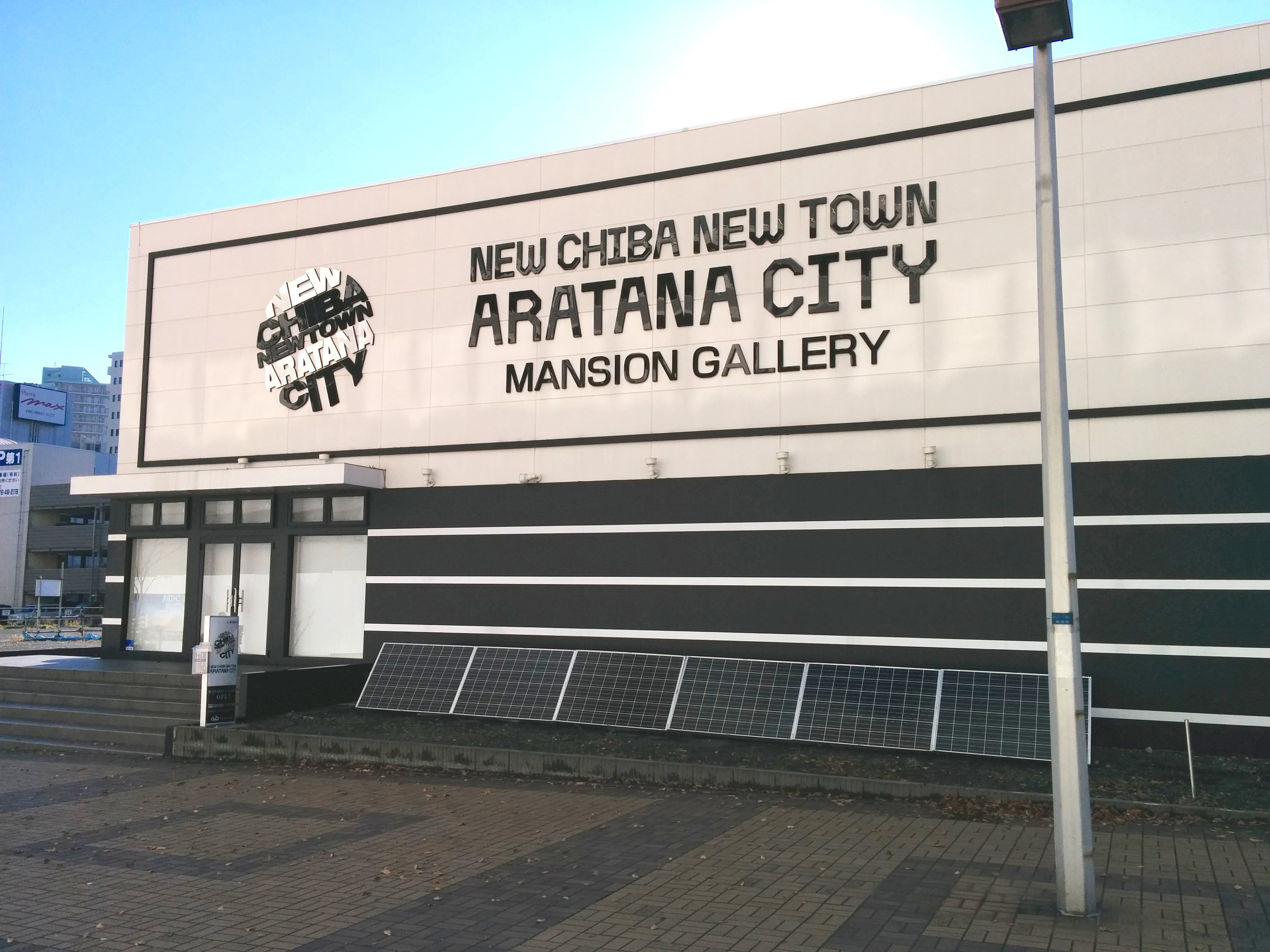Each year between 1990, when Japan's asset bubble burst, and the 2007 recession, about 200,000 new condominium units were added to Japan's housing stock. After 2007, the number dropped to about 100,000, but, depending on the year, anywhere from 50,000 to 70,000 of these units were built in the Tokyo Metropolitan Area. In contrast, during the same time period about 5,000 single-family houses were built in the Tokyo region every year. Condos have thus become the mainstream style for new housing in the capital region, mainly due to the higher cost of land.
Because people continue to gravitate to Tokyo, developers have no problem selling new condominiums in the area, even though there is a swelling inventory of older condos on the market. This undiminished demand partly explains the recent wave of data falsification revelations in the residential construction industry, which came about after one condominium in Yokohama was found to have faulty structural work.
Except for the Yokohama case, there has so far been no evidence that data falsification has resulted in bad buildings, but it does point to a general sloppiness that's indicative of the corner-cutting, what's referred to in Japanese as tenuki kōji, that often occurs in the residential field. The same thing happened in 2005, when it was found that one architect was using inferior quality steel to save money and time.



